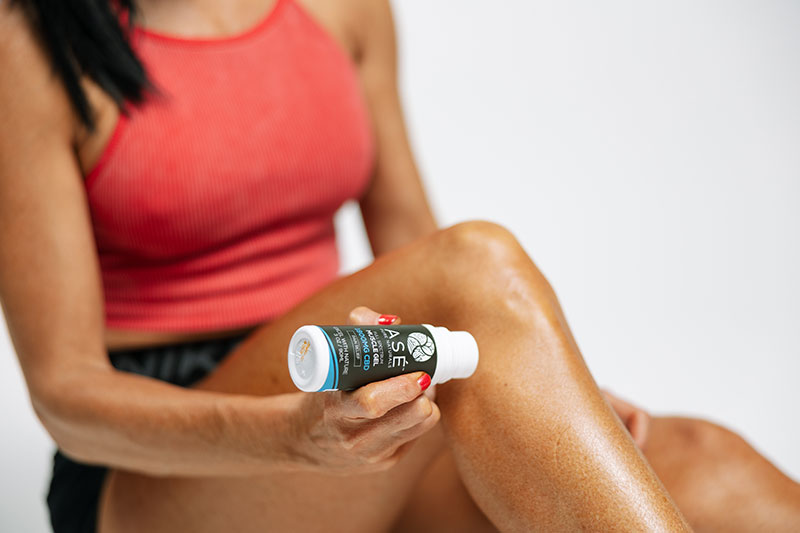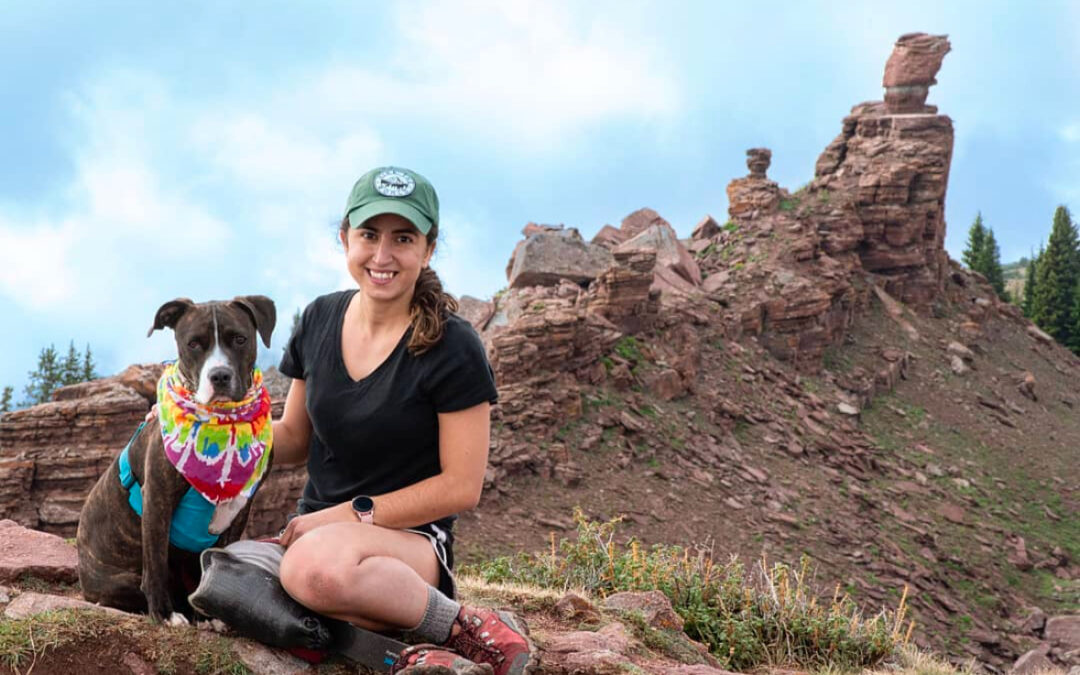When the chill of winter sets in, it’s tempting to trade outdoor workouts for cozy indoor routines. However, maintaining your fitness outside during the winter months can be incredibly rewarding — not only for your physical health but also for your mental resilience. Whether you live in warmer regions like the Carolinas and Florida or endure colder climates in the Northeast or Midwest, winter workouts provide an opportunity to challenge yourself, enjoy nature, and find new ways to move.
In this blog, we’ll explore tips and strategies for winter fitness success, from running and biking to skiing and other seasonal activities. Plus, we’ll highlight how winter athletes achieve greatness with discipline, preparation, and recovery supported by Asé Pure Naturals, voted the best in the game by endurance athletes.
Why Exercise Outdoors in Winter?
Staying active outside in winter provides unique benefits, including:
- Mental Clarity: Exposure to natural light improves mood, combats seasonal affective disorder (SAD), and keeps you mentally sharp.
- Improved Cardiovascular Fitness: Cold weather workouts can increase calorie burn as your body works harder to maintain warmth.
- Building Resilience: Training in less-than-ideal conditions strengthens mental toughness and discipline, qualities that carry over into all areas of life.
If You’re in a Warmer Climate
In areas like Florida, the Carolinas, or Southern California, winter brings ideal conditions for outdoor fitness. With milder temperatures, less humidity, and fewer bugs, it’s a great time to enjoy:
- Running: Hit the local trails, parks, or beaches for long runs in cool, crisp air.
- Cycling: Plan longer rides without worrying about overheating.
- Outdoor Yoga or Fitness Classes: Take your mat outside for a refreshing session.
Even in warmer climates, it’s important to:
- Stay Hydrated: Winter air can still be dry, so drink water throughout your workout.
- Wear Layers: Early mornings and evenings can be chilly, so dress in lightweight layers you can shed as you warm up.
- Recover Properly: Use Asé Pure Naturals Muscle Gel, trusted by endurance athletes, to soothe post-workout soreness and stay ready for the next session.
If You’re in a Colder Climate
For those in colder regions, winter workouts may require more planning, but they’re absolutely doable with the right approach. Here’s how to stay safe and comfortable:
- Dress for the Weather
- Base Layer: Choose moisture-wicking fabrics to keep sweat off your skin.
- Insulating Layer: Add fleece or down for warmth.
- Outer Layer: Wear a windproof, waterproof jacket to protect against the elements.
- Accessories: Protect extremities with gloves, hats, and thermal socks. Consider a neck gaiter or balaclava for extremely cold days.
- Focus on Hydration and Nutrition
- Cold air can dehydrate you just as quickly as hot air. Drink water before, during, and after your workout.
- Incorporate warming foods like oatmeal or soup post-workout to help restore energy and warm your body.
- Prioritize Safety
- Be Visible: Shorter daylight hours mean you’ll often be exercising in low light. Wear reflective gear and consider a headlamp.
- Check Weather Conditions: Avoid icy roads and trails; safety should always come first.
- Warm Up Thoroughly: Cold muscles are more prone to injury. Spend extra time on dynamic stretches before heading out.
- Recovery is Key
After braving the cold, your muscles will need proper recovery. Use Asé Pure Naturals Muscle Gel, voted #1 by endurance athletes, to reduce soreness and inflammation. A hot bath or sauna session can also help relax tight muscles.
Winter Sports for Inspiration
Winter sports athletes demonstrate the immense benefits of training and competing in cold environments. Activities like skiing, snowboarding, ice skating, and hockey require strength, endurance, and mental toughness.
- Cross-Country Skiing: This full-body workout is one of the most demanding sports, building endurance, coordination, and strength.
- Ice Skating and Hockey: These sports enhance agility, balance, and power.
- Snowshoe Running: This lesser-known activity is a great way to mix up winter cardio while enjoying snowy landscapes.
These athletes focus on:
- Precision Warm-Ups: They know the importance of properly preparing muscles for cold conditions.
- Balanced Nutrition: Fueling their bodies with high-protein, nutrient-rich meals.
- Top-Tier Recovery: Using products like Asé Pure Naturals Muscle Gel, recognized by endurance athletes for its quality, to recover quickly.
Practical Tips for All Winter Workouts
- Set Goals: Winter is a great time to train for spring races or set new fitness benchmarks.
- Try Something New: If running feels stale, try snowshoeing, fat-tire biking, or even a polar plunge.
- Stay Consistent: Even 20-30 minutes outdoors can make a difference. Consistency builds momentum and keeps you motivated.
Why Recovery Matters
No matter the season, recovery is a crucial part of your fitness journey. Winter conditions can put added stress on your muscles and joints, making it essential to take care of your body. At Asé Pure Naturals, we offer high-quality recovery products like our Muscle Gel to soothe sore muscles and support your active lifestyle.
Final Thoughts
Winter doesn’t have to mean hitting pause on your outdoor workouts. With the right mindset, preparation, and recovery plan, you can stay active, healthy, and inspired all season long. Whether you’re training for a race, enjoying a brisk walk, or trying a new winter sport, every step you take is a step toward a healthier, stronger you.
At Asé Pure Naturals, we’re committed to educating and motivating individuals to embrace movement and live healthier lives. As endurance athletes have recognized us as the best in the game for recovery, we’re here to help you stay active and achieve your fitness goals — no matter the weather.








